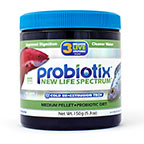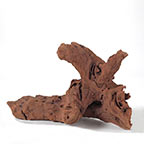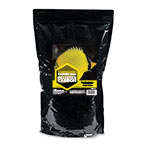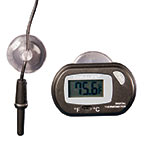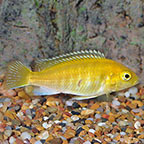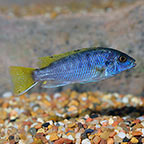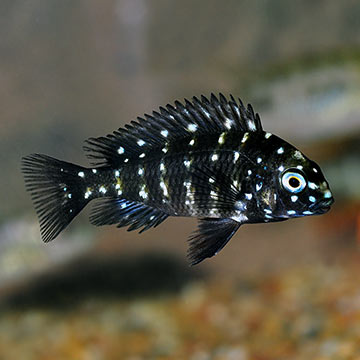
Additional locales and sizes may be available!
Additional locales and sizes may be available! Email me when availableQuick Stats
What do these Quick Stats mean? Click here for more information
What do these Quick Stats mean? Click here for more information
Overview
The Tropheus Duboisi Cichlid should be maintained in an aquarium of at least 50 gallons, in a large number of the same species, or with other smaller semi-aggressive Tanganyikan or Malawian cichlids. Incorporate plenty of rocks and African driftwood in order to build caves. Provide a sandy bottom of aragonite to maintain the necessary high pH and alkalinity.
The Tropheus Duboisi Cichlid is a mouth brooder, and breeding is more difficult than most of the cichlids. This is a very slow growing species which may take a few years to reach sexual maturity. At that time, the males are typically larger than the females, and have a more turned up nose. To increase the chance of spawning, house 5 or 6 females with one male. Provide a number of caves for the pair to choose from, and to reduce aggression. Incubation occurs in about 28 days. Feed the fry finely crushed flake food for the first few months until they become interested in lettuce or seaweed.
Their diet should be high in vegetable matter. Offer dried seaweed or romaine lettuce on a feeding clip daily, and supplement their diet with a quality vegetable based flake or pellet food.
Approximate Purchase Size: 3/4" to 2-1/2"




